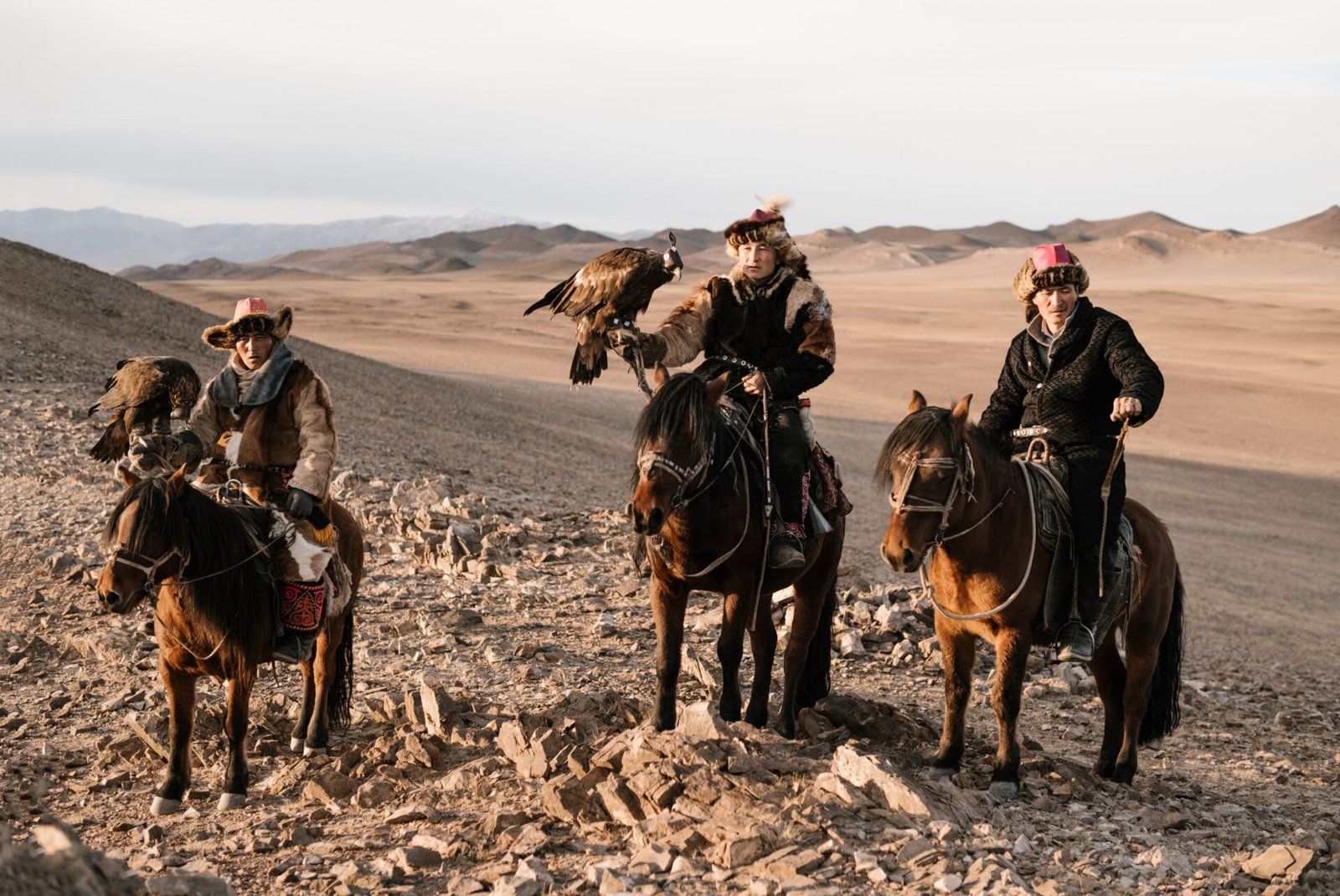Camels, horses, and drones are being used to protect heritage sites in Inner Mongolia, China. The region is home to numerous historic and cultural sites, including the Great Wall, the Genghis Khan Mausoleum, and the Xanadu Palace. However, these sites are at risk from damage caused by tourism, climate change, and human activity.
To combat this, the Inner Mongolia Cultural Heritage Protection Center has developed a unique approach that incorporates traditional and modern methods of site monitoring and protection. One of the center’s most innovative strategies involves the use of camels and horses to patrol the remote areas around heritage sites.
These animals are well-suited to the rough terrain of the region and can access areas that are difficult for vehicles to reach. The patrols are conducted by trained staff who monitor the sites for any signs of damage or disturbance, such as illegal excavation or vandalism. The use of animals also reduces the center’s carbon footprint, as they do not require fuel and can navigate the landscape without causing environmental damage.
In addition to animal patrols, the center also employs drone technology to monitor and survey heritage sites. Drones equipped with high-resolution cameras and thermal imaging sensors can detect changes in the landscape and identify potential threats, such as soil erosion or unauthorized construction. The use of drones has enabled the center to monitor large areas quickly and efficiently, reducing the need for physical inspections and helping to identify potential issues before they become major problems.
The center has also developed a community-based approach to heritage protection, working with local residents to raise awareness of the importance of cultural heritage and encouraging them to report any suspicious activity. This approach has helped to create a sense of ownership among local communities and has improved communication between the center and local authorities.
The use of traditional methods, such as animal patrols, alongside modern technology, such as drones, has proven to be an effective strategy for protecting heritage sites in Inner Mongolia. By taking a holistic approach to site management and involving local communities, the Inner Mongolia Cultural Heritage Protection Center is ensuring that these important cultural assets are preserved for future generations.
Read More:
